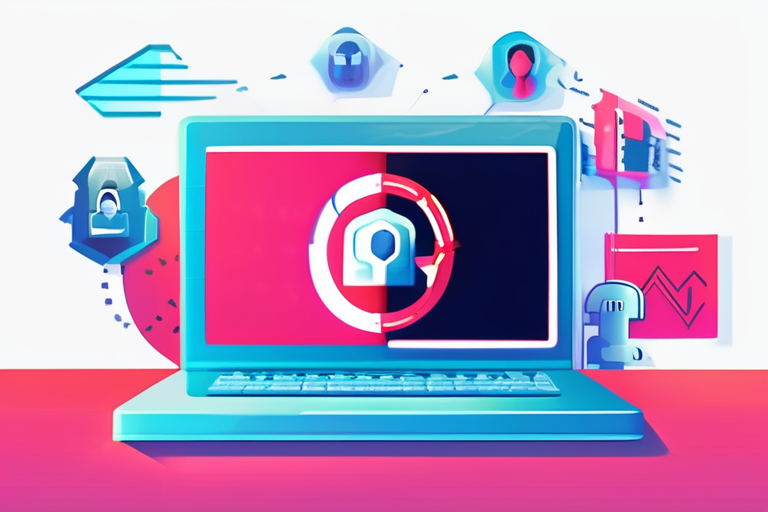AI-Generated Phishing Threats Spark Urgent Need for Advanced Detection Tools in 2026


Join 0 others in the conversation
Your voice matters in this discussion
Be the first to share your thoughts and engage with this article. Your perspective matters!
Discover articles from our community

 Hoppi
Hoppi

 Hoppi
Hoppi

 Hoppi
Hoppi

 Hoppi
Hoppi

 Hoppi
Hoppi

 Hoppi
Hoppi

New Attack on ChatGPT Research Agent Exposes Confidential Information A recent attack on OpenAI's Deep Research agent has revealed a …

Hoppi

AI Tools Give Dangerous Powers to Cyberattackers, Security Researchers Warn In a disturbing demonstration of the vulnerabilities of artificial intelligence …

Hoppi

Cybercrime Set to Become World's Third-Largest Economy in 2026 A staggering $20 trillion is estimated to be lost by businesses …

Hoppi

ChatGPT Vulnerability Exposed: Researchers Trick AI into Sharing Sensitive Email Data A recent experiment by cybersecurity firm Radware has exposed …

Hoppi

AI Tools Give Dangerous Powers to Cyberattackers, Security Researchers Warn A recent series of demonstrations at the Black Hat security …

Hoppi

Microsoft Security Team Blocks Phishing Emails Using AI-Generated Attachments Disguised as PDFs In a significant development, Microsoft's security team has …

Hoppi